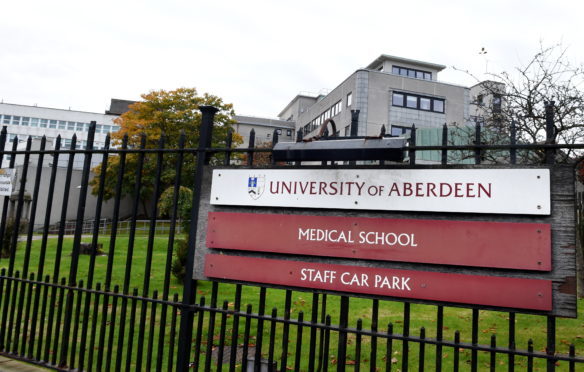A group of north-east children from the 1950s could provide clues as to how the brain ages.
Research is being carried out by a team at Aberdeen University in a project that will straddle the great divide between Insch, Inverurie and India in the process.
Scientists there will compare existing data from Aberdeen children who formed part of a pioneering project in the 1960s and have been studied by the university since they were at school, with two similar age groups in India.
The initiative forms part of a £200,000 grant from the Medical Research Council to fund four pilot studies, which will see brain scans carried out on members of two birth groups from Mysore.
The Indian findings will be examined along with their Aberdeen counterparts to compare and contrast how differences in culture, education, nutrition and other health variables can affect how the brain ages.
It’s hoped this could provide answers as to what factors increase or decrease brain function and the risk of Alzheimer’s and other related illnesses.
The Indian government has identified the need to reduce mental illness and cognitive decline as major healthcare priorities and these are also objectives of the World Health Organisation.
Professor Alison Murray, director of Aberdeen University’s Biomedical Imaging Centre, said yesterday: “This project has great potential to allow us to see how where you are born and live impacts on your brain health as you get older.
“Comparing two cohorts from two different continents will give us an excellent opportunity to see how differences in lifestyle, nutrition, education and occupation can affect ‘cognitive reserve’ which protects your brain against decline.
“It will be particularly interesting to see if the fact that those in the Indian studies can speak at least three languages helps to keep their brain in good shape as they age.”
The Aberdeen children, who are now all in their 60s, were given up to three simple mental tests while they were at school in 1962 and, since 2000, have been involved in a number of follow-up studies as adults.
The study provided researchers with a rich body of data about a population of 15,000 people from their birth records, to the initial test and subsequent tests analysing lifestyle, health and socio-economic factors.
